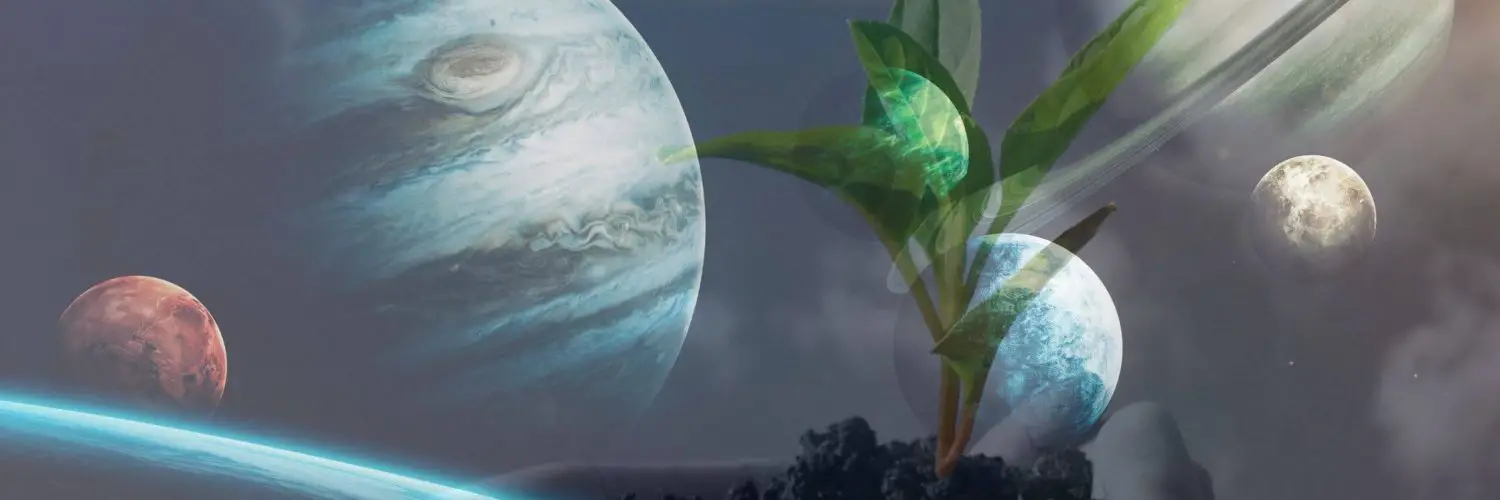Anywhere there is liquid water, there is life on Earth. However, there always has been a search for extraterrestrial life that forced on a phenomenon known as Goldilocks zones or habitable. These are regions centering on stars with temperatures adequate for planets to hold liquid water on the surfaces.
Considering the Earth is the only inhabited planet known to the world, this planet is generally the main center of studies associated with habitability. But scientists have extended the notions that worlds other than Earth exist, which is suitable for life to emerge as well as evolve. In fact, these worlds can prove to be super-habitable or have greater chances at imbibing life as opposed to the Earth.
Author Dirk Schulze-Makuch, a renowned astrobiologist at Washington State University in Pullman, along with the Technical University of Berlin, stated that they are extremely focused on identifying the exact habitant like Earth that have been overlooked and are better suited for life.
Here are some exoplanets that astronomers consider to host alien life –
- Gliese 581g
This is one of the controversial discoveries. Gliese 581g was discovered in the year 2019; however, there have been many challenges in the process of confirming the same. According to the University of Puerto Rico at Arecibo is touted as the most suitable for alien life. This yet-to-be-confirmed rocky realm is around 20 light-years away from the sun of the Earth. Moreover, it is two or three times bigger than our planet. Gliese 581 orbits its parent star approximately every 30 days within the constellation Libra.
- Kepler- 186f
It is the truly discovered Earth-sized exoplanet ever discovered in the host star’s habitable zone. This alien landscape, which is located 490 light-years from Earth, is merely 10% bigger than the formed and is very rocky.
- Kepler-22b
Although Kepler-22b is larger than the Earth, it moves around the star that is considerably close in temperature and size to the Earth’s sun. It is 2.4 times the size of the Earth and has an approximate surface temperature standing at 72-degrees Fahrenheit, assuming the greenhouse effect is similar to the Earth. The star system is around 600 light-years away from the sun of the Earth with regards to the constellation Cygnus.
- Gliese 667Cc
It is another planet considered to be the Super-Earth and is very close to it as well. Gliese 667Cc is around 4.5 times bigger as opposed to the Earth and takes approximately 28 days to make an orbit around the parent star. Additionally, the GJ 667c, the parent star, is actually associated with a triple-star system. This star is deemed as the M-class dwarf star, which is a third of the weight of the Earth’s sun.
- HD 40307g
The HD 40307G is the super-Earth that orbits within the habitable zone of the parent stars. Moreover, it is situated around 42 light-years away from the Earth within the constellation Pictor. The planet orbits around the parent star around 56 million miles away, which is more than half of the Earth’s sun. The distance between the two is approximately 93 million miles or 150 million kilometers.
- Gliese 163c
The Gliese 163c’s mass positions the planet in a gray zone. It is seven times the weight of the Earth. This makes the planet substantially large and a rocky planet or a dwarf gas giant. Moreover, Gliese 163c circles around the dim planet start in 26 days at a distance of 50 light-years away from the Earth. The parent star of the Gliese 163c is within the constellation Dorado.
- Tau Ceti f
This super-Earth is considered the sibling Tau Ceti e; however, it circles close to the outer layer of the habitable zone of Tau Ceti. It is around 6.6 times as massive as our Earth and could host life if the atmosphere traps adequate amounts of heat.
The Bottom Line
The coming years are going to be exciting for exoplanet research. Even a small discovery brings us one step closer to the finding of first-ever evidence of life outside the solar system. The diversity of life offered by Earth is astounding alone; imagine the kind of life that would exist beyond the Earth.





























